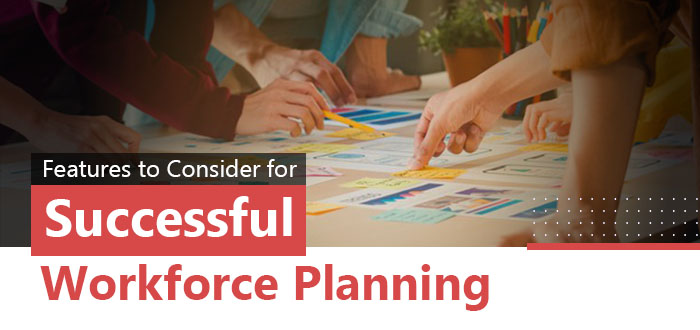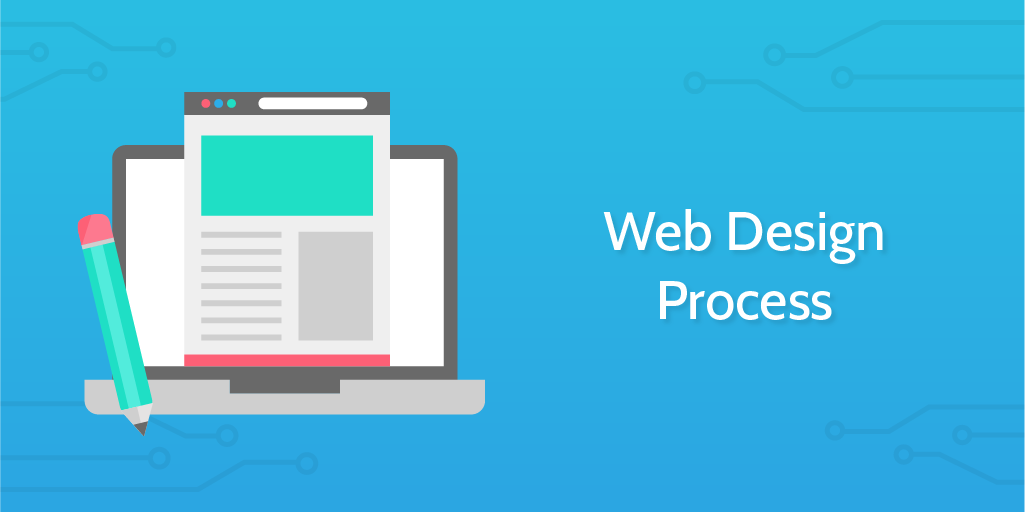We often hear Workforce Planning but anyone rarely explains it. So what is workforce planning? Why is it important for an organization? It is strategic planning that enables HR to evaluate and predict capabilities that they might need in the future. It lays the foundation upon which all successful companies are built. It is key to run a smooth and hassle-free business.
When an organization lacks enough skilled employees, it struggles to keep up with the competition and meet its business goals. Of course, recruiting and hiring the right talent is not easy. According to a survey, 61% of employers agreed that finding qualified and experienced candidates is the most difficult aspect of recruiting. The issue gets even more complex and intense for large companies with thousands of positions to fill. This is where workforce planning comes into the picture that focuses on hiring and maintaining a pool of skilled employees. By integrating with talent management software, the system offers tools to create an agile workforce, determine performance gaps, bridge those gaps, ensure smooth operations, and smarter business decisions.
In this article, we will dive into what workforce planning is and what are the essential features or tools to create a successful workforce planning. Let’s get started:
What Is Workforce Planning?
Strategic workforce planning makes sure that the right person is in the right place or job at the right time. It is a process to analyze and strategize a company’s current and future workforce requirements according to the vision, goals, and expansion plan. HR adopts a holistic approach to maintain the right workforce so it doesn’t get caught up in the ongoing or unexpected changes in an organization. Workforce planning ensures that there are neither too many people (overstaffing) working on a project nor too few (understaffing).
Many a time, employers and HR professionals need to conduct a detailed analysis of how substantial the workforce needs to be to meet organizational goals. Therefore, they identify the number of employees required on a project and the skills, knowledge, and experience they should possess to accomplish the objectives. It solves the challenges related to staffing not only for today but for the future as well. The concept follows four primary criteria, i.e., the right size, shape, cost, and agility for the future.
Tools and Features for Effective Workforce Planning
Clearly Defined Business Goals
Before you take your first step toward workforce planning, it is important to identify your business objectives and define them clearly. It must include vision, mission, goals, and motives. Based on these targets, HR professionals develop a strategic plan, determining core competencies and skills requirements to drive the business forward.
However, while creating a workforce plan, HR teams come across various challenges, including aligning financial planning and human resource to the plan. They couldn’t fit the plan with their budget without reliable data, including talent supply, turnover rates, and talent demand. Hence, to overcome this stumbling block, it is important to leverage HR analytics which helps in calculating accurate costs and develop a well-defined strategy to plan the workforce. The process includes:
- Talent Development
- Talent Acquisition
- Workforce Gaps and Risks
Also, other factors, such as quality, location, quantity, and mode influence the direction of workforce planning. Therefore, your HR managers must have the ability to understand trends and forecast them. Communication should be clear and across the organization so everyone involved in the execution should be aware.
Direction for Future Workforce
Another important feature for successful workforce planning is to understand the current workforce, including their capabilities, characteristics, distribution, etc., to allow the HR department to develop efficient gap-closing strategies. Makes sure that you collect analytics on employees to create a detailed workforce profile ad the database must be based on the following information:
- Employee Data
- Turnover & Recruitment Data
- Current Competencies
- Reward Scheme
- Internal Influence
- Competitor Analysis
Once you have all the data about the existing workforce, it’s time to analyze the future needs and establish clear workforce requirements. The best way to identify future talent needs for an organization is to continuously evaluate internal and external factors that impact the business processes. Use workforce planning tools, such as forecasting and following market trends to find necessary changes in the current workforce and its management strategy. You can also use HR software solution to answer the following queries:
- How to fill the shortages?
- How to reduce the turnover rate?
- Which skills does a company need to meet the business objectives?
- Would you need part-time, full-time or temporary employees?
- What are the biggest challenges to meet your business goals?
- Where do you want the workforce to be located?
- What is the ideal earning profile?
Your HR system will help you address these questions and create an efficient workforce plan.
Find Workforce Gaps
As you have analyzed current and future workforce needs, and answer the above-mentioned questions, you can easily find the gaps between the workforce. It is not uncommon to have employees with one or restricted skills. Every person has different strengths and capabilities. Your job is to find if your organization lacks resources and skills that are crucial overall to meet your objectives. Analyze the talent currently within the company, in different departments and teams, such as human resource, marketing, sales, etc. This will help you identify the workforce gaps across the enterprise that must be filled to reach long-term and short-term objectives. These gaps include skills shortages, recruitment processes, turnover rates, business objectives, employee profiles, and more.
Another effective way to bridge the talent gap is to develop a standardized questionnaire to ask:
- The skills and competencies required in the future.
- The team members who have skills that you need today.
- What you must provide to your team in the future.
- Are people trained or developed or need to be replaced?
- How does your external marketplace look like?
Compensation & Benefits Analysis
Compensation and benefits analysis is often ignored when it comes to workforce planning. Many think of this concept as different from workforce needs and requirements. However, it offers various opportunities and insight into data analysis for a better understanding of the workforce and planning. Why is that so? Well, for starters, compensation and benefits data is structured and accurate. Secondly, it is related to financial outcomes and affects button-line performance.
We understand that calculating and evaluating such comprehensive data is not possible manually, thus implement HCM software that analyzes all the elements in the simplest ways. It will help you categorize severely overpaid and underpaid employees. You can retrieve data anytime and differentiate underperforming and over-performing people. It will eliminate the risk of losing top performers as you can pay them fairly based on their productivity and efficiency. Enrich the data by using labor market statistics and payment benchmarks from external sources to adjust internal payment discrepancies. Such numbers are easily available for every industry and are beneficial to anticipate future workforce needs.
Gap-Closing Strategy
Last but not least. It’s time to close all the workforce gaps for HR professionals by developing a gap-closing strategy. It will increase the capability, productivity, and capacity of employees. After going through all the current scenarios and future workforce requirements, HR must gather all the data, consolidate the information, and determine which areas need improvement and how. The right gap-closing strategy is a vital tool to address business deficiencies. Your gap-closing plan can fall into various categories, addressing different business processes, such as:
- Talent retention
- Talent recruitment
- Employee development
- Staff reduction
- Salary projections
Also, make sure to document the plan, pull it together, and combine all the goals set in different stages. Your final workforce planning document should outline an executive summary and overview, analysis of the current workforce, goals & objectives, and other relevant insights from the action plan, business plans, and success measurements.
Conclusion
As we mentioned before, the aim of workforce planning is to put the right people in the right job at the right time. This will be possible only when you are aware of existing workforce efficiencies, future situations, desired skills and can align the requirements with the future workforce. Of course, planning a workforce is not something you do within a day. It is a complex procedure that regularly demands careful data aggregation and planning. To get the most out of strategic workforce planning, you must ensure that it has all the features that cover every aspect of the business workforce, from defining objectives to determining workforce deficiencies to implementing the plan effectively. When done, your workforce planning can prove to be a highly valuable and efficient tool to gain a competitive advantage.
Author’s Bio: Alicia works with the editorial team of Accomplish EP, a leading company offering online payroll software. Exploring the latest technologies, reading about them, and writing her views have always been her passion. She seeks new opportunities to express her opinions, explore technological advancements, and document the details. You can always find her enjoying books or articles about varied topics or jotting down her ideas in a notebook.









